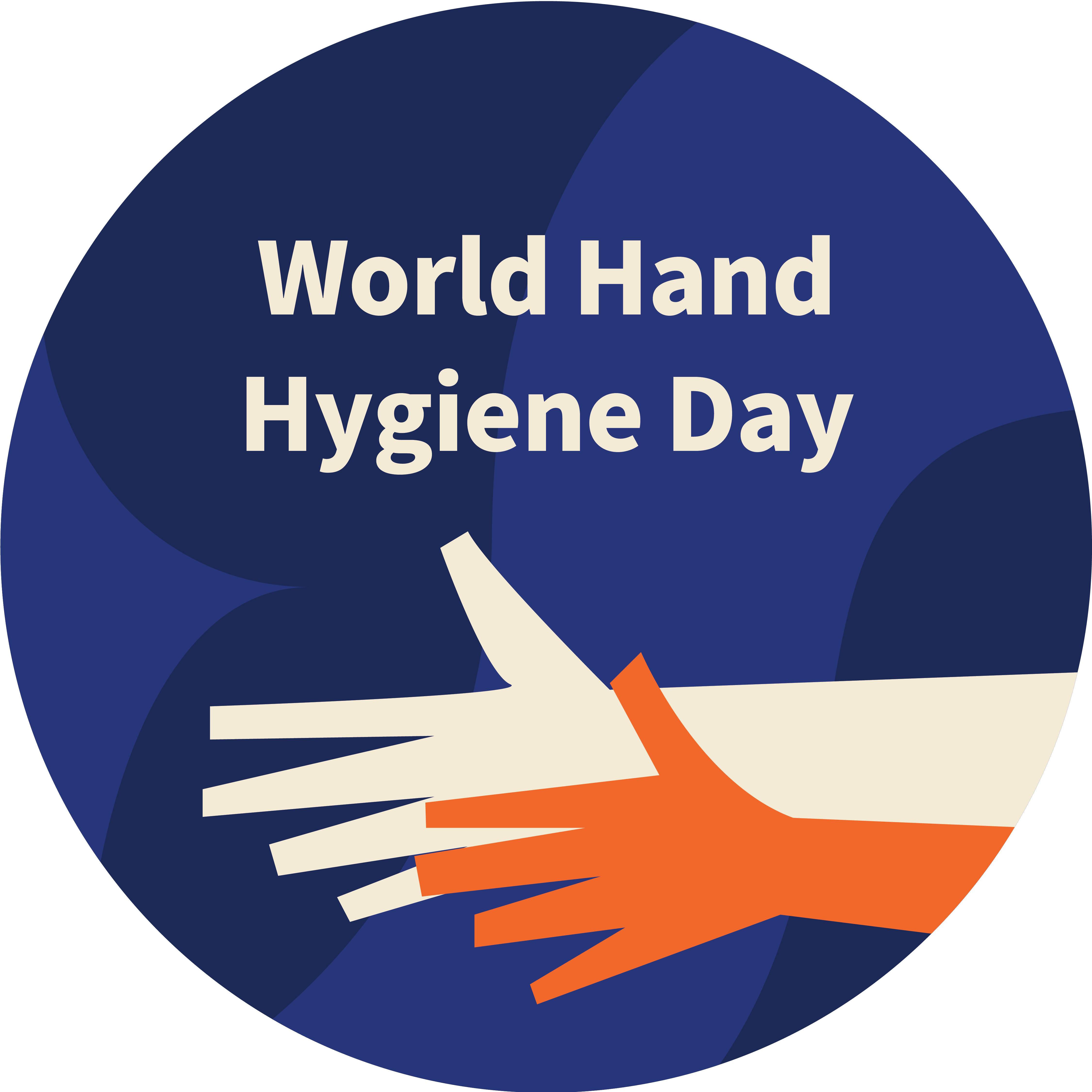Safely reopening and operating a primary healthcare facility after closure due to SARS-CoV-2 infection in a healthcare worker – Nairobi, Kenya, 2020
DOI:
https://doi.org/10.3396/ijic.v20.22998Keywords:
infection prevention and control, healthcare worker, primary healthcare facility, COVID-19, SARS-CoV-2Abstract
The first COVID-19 case in a healthcare worker in Kenya was reported on March 30, 2020, in Nairobi, leading to a 41-day closure of the health facility where he had worked. We assessed infection prevention and control (IPC) activities and implemented recommendations to re-open and operate the facility. We conducted a risk assessment of the facility in April 2020 using a modified World Health Organization, six-element IPC facility risk assessment tool. IPC recommendations were made, and a follow-up assessment of their implementation was conducted in July 2020. Breaches in IPC measures included poor ventilation in most service delivery areas; lack of physical distancing between patients; inadequate COVID-19 information, education, and communication materials; lack of standard operating procedures on cleaning and disinfecting high-touch areas; insufficient IPC training; inadequate hand hygiene facilities; insufficient personal protective equipment supplies; and an inactive IPC committee. Strengthening IPC measures is critical to prevent healthcare facility closures.
Downloads
References
1.
Byambasuren O, Cardona M, Bell K, Clark J, McLaws M-L. Estimating the extent of asymptomatic COVID-19 and its potential for community transmission: systematic review and meta-analysis. J Assoc Med Microbiol Infect Dis Can 2020; 5(4): 11. doi: 10.3138/jammi-2020-0030
2.
Muniyappa R, Gubbi S. COVID-19 pandemic, coronaviruses, and diabetes mellitus. Am J Physiol Endocrinol Metab 2020; 318(5): E736–41. doi: 10.1152/ajpendo.00124.2020
3.
Kiarie H, Temmerman M, Nyamai M, Liku N, Thuo W, Oramisi V, et al. The COVID-19 pandemic and disruptions to essential health services in Kenya: a retrospective time-series analysis. Lancet Glob Health 2022; 10(9): e1257–67. doi: 10.2139/ssrn.3887449
4.
WHO. Infection prevention and control health-care facility response for COVID-19. 2020. Available from: https://www.who.int/publications/i/item/WHO-2019-nCoV-HCF_assessment-IPC-2020.1 [cited 13 April 2021].
5.
MoH. Interim guidance for health and safety measures in workplaces in the context of COVID-19. Nairobi: Ministry of Health Kenya; 2020.
6.
MoH. Guidance for infection prevention and control for coronavirus disease (COVID-19) in homes and residential communities. Nairobi: Ministry of Health Kenya; 2020.
7.
MoH. Interim guidelines on management of COVID-19 in Kenya. Nairobi: Ministry of Health, Kenya; 2020. p. 92.
8.
MoH. COVID-19 outbreak in Kenya-daily situation report - 288. Nairobi: Ministry of Health, Kenya; 2020. p. 17.
9.
WHO. Risk assessment and management of exposure of health care workers in the context of COVID-19: interim guidance. World Health Organization, editor. Geneva: World Health Organisation; 2020, p. 6.
10.
Sh WX, Li YM, Sun BC, Zhang SW, Zhao WH, Wei MT, et al. The SARS outbreak in a general hospital in Tianjin, China – the case of super-spreader. Epidemiol Infect 2006; 134(4): 786–91. doi: 10.1017/S095026880500556X
11.
Lemieux JE, Siddle KJ, Shaw BM, Loreth C, Schaffner SF, Gladden-Young A, et al. Phylogenetic analysis of SARS-CoV-2 in the Boston area highlights the role of recurrent importation and superspreading events. medRxiv 2020. doi: 10.1101/2020.08.23.20178236
12.
Wang L, Didelot X, Yang J, Wong G, Shi Y, Liu W, et al. Inference of person-to-person transmission of COVID-19 reveals hidden super-spreading events during the early outbreak phase. Nat Commun 2020; 11(1): 5006. doi: 10.1038/s41467-020-18836-4
13.
McQuaid CF, McCreesh N, Read JM, Sumner T, Houben RMGJ, White RG, et al. The potential impact of COVID-19 related disruption on tuberculosis burden. Eur Respir J 2020; 56(2): 2001718. doi: 10.1183/13993003.01718-2020
14.
CDC. Recommended routine infection prevention and control (IPC) practices during the COVID-19 pandemic. 2020. Available from: https://www.cdc.gov/coronavirus/2019-ncov/hcp/infection-control-recommendations.html [cited 10 October 2020].
15.
WHO. Transmission of SARS-CoV-2: implications for infection prevention precautions. 2020. Available from: https://www.who.int/news-room/commentaries/detail/transmission-of-sars-cov-2-implications-for-infection-prevention-precautions [cited 1 August 2020].
16.
WHO. The Infection Prevention and Control (IPC) Assessment Framework (IPCAF). 2018. Available from: https://www.who.int/infection-prevention/tools/core-components/IPCAF-facility.PDF [cited 20 May 2020].
17.
WHO. Infection prevention and control during health care when coronavirus disease (COVID-19) is suspected or confirmed-interim guidance. 2020. Available from: https://www.who.int/publications/i/item/WHO-2019-nCoV-IPC-2020.4 [cited 20 July 2020].
18.
MoH. Kenya nursing workforce report: the status of nursing in Kenya, 2015. Nairobi: Ministry of Health Kenya; 2017, p. 104.
19.
WHO. Rational use of personal protective equipment for coronavirus disease (COVID-19) and considerations during severe shortages: interim guidance. WHO/2019-nCov/IPC_PPE_use/2020.3. World Health Organization, ed. Geneva: World health Organisation; 2020, p. 28. https://www.who.int/publications/i/item/rational-use-of-personal-protective-equipment-for-coronavirus-disease-(covid-19)-and-considerations-during-severe-shortages
20.
MoH. MoH reports. Nairobi: Ministry of Health Kenya; 2020.
21.
Barasa EW, Ouma PO, Okiro EA. Assessing the hospital surge capacity of the Kenyan health system in the face of the COVID-19 pandemic. PLoS One 2020; 15(7): e0236308. doi: 10.1371/journal.pone.0236308
22.
Ouma PN, Masai AN, Nyadera IN. Health coverage and what Kenya can learn from the COVID-19 pandemic. J Glob Health 2020; 10(2): 020362. doi: 10.7189/jogh.10.020362
23.
Kimani D, Ndegwa L, Njeru M, Wesangula E, Mboya F, Weyenga H, et al. Adopting World Health Organization multimodal infection prevention and control strategies to respond to COVID-19, Kenya. Emerg Infect Dis 2022; 28(Suppl 1): S247–54. doi: 10.3201/eid2813.212617
Published
How to Cite
Issue
Section
License
Copyright (c) 2024 Linus K. Ndegwa, Daniel Kimani, Mercy Njeru, Tai-Ho Chen, Catherine Macharia, Annalice Ouma, Frankline O. Mboya, Julius Oliech, Titus K. Kwambai, Ahmed Liban, Immaculate Mutisya, Rebecca Wangusi, Marc Bulterys, Taraz Samandari

This work is licensed under a Creative Commons Attribution 4.0 International License.
Authors retain copyright of their work, with first publication rights granted to IJIC. Read the full Copyright- and Licensing Statement.




